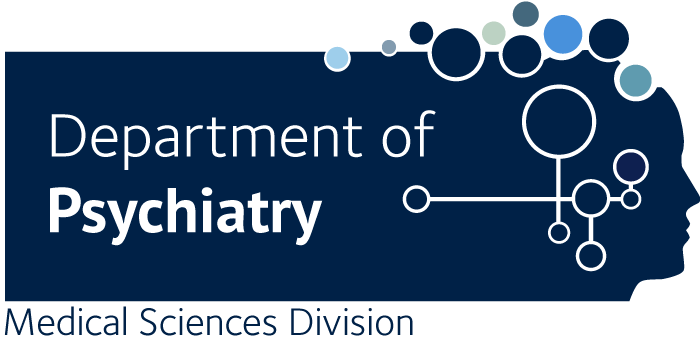Establishing Self-Harm Registers: The Role of Process Mapping to Improve Quality of Surveillance Data Globally.
Bebbington E., Poole R., Kumar SP., Krayer A., Krishna M., Taylor P., Hawton K., Raman R., Kakola M., Srinivasarangan M., Robinson C.
Self-harm registers (SHRs) are an essential means of monitoring rates of self-harm and evaluating preventative interventions, but few SHRs exist in countries with the highest burden of suicides and self-harm. Current international guidance on establishing SHRs recommends data collection from emergency departments, but this does not adequately consider differences in the provision of emergency care globally. We aim to demonstrate that process mapping can be used prior to the implementation of an SHR to understand differing hospital systems. This information can be used to determine the method by which patients meeting the SHR inclusion criteria can be most reliably identified, and how to mitigate hospital processes that may introduce selection bias into these data. We illustrate this by sharing in detail the experiences from a government hospital and non-profit hospital in south India. We followed a five-phase process mapping approach developed for healthcare settings during 2019-2020. Emergency care provided in the government hospital was accessed through casualty department triage. The non-profit hospital had an emergency department. Both hospitals had open access outpatient departments. SHR inclusion criteria overlapped with conditions requiring Indian medicolegal registration. Medicolegal registers are the most likely single point to record patients meeting the SHR inclusion criteria from multiple emergency care areas in India (e.g., emergency department/casualty, outpatients, other hospital areas), but should be cross-checked against registers of presentations to the emergency department/casualty to capture less-sick patients and misclassified cases. Process mapping is an easily reproducible method that can be used prior to the implementation of an SHR to understand differing hospital systems. This information is pivotal to choosing which hospital record systems should be used for identifying patients and to proactively reduce bias in SHR data. The method is equally applicable in low-, middle- and high-income countries.

